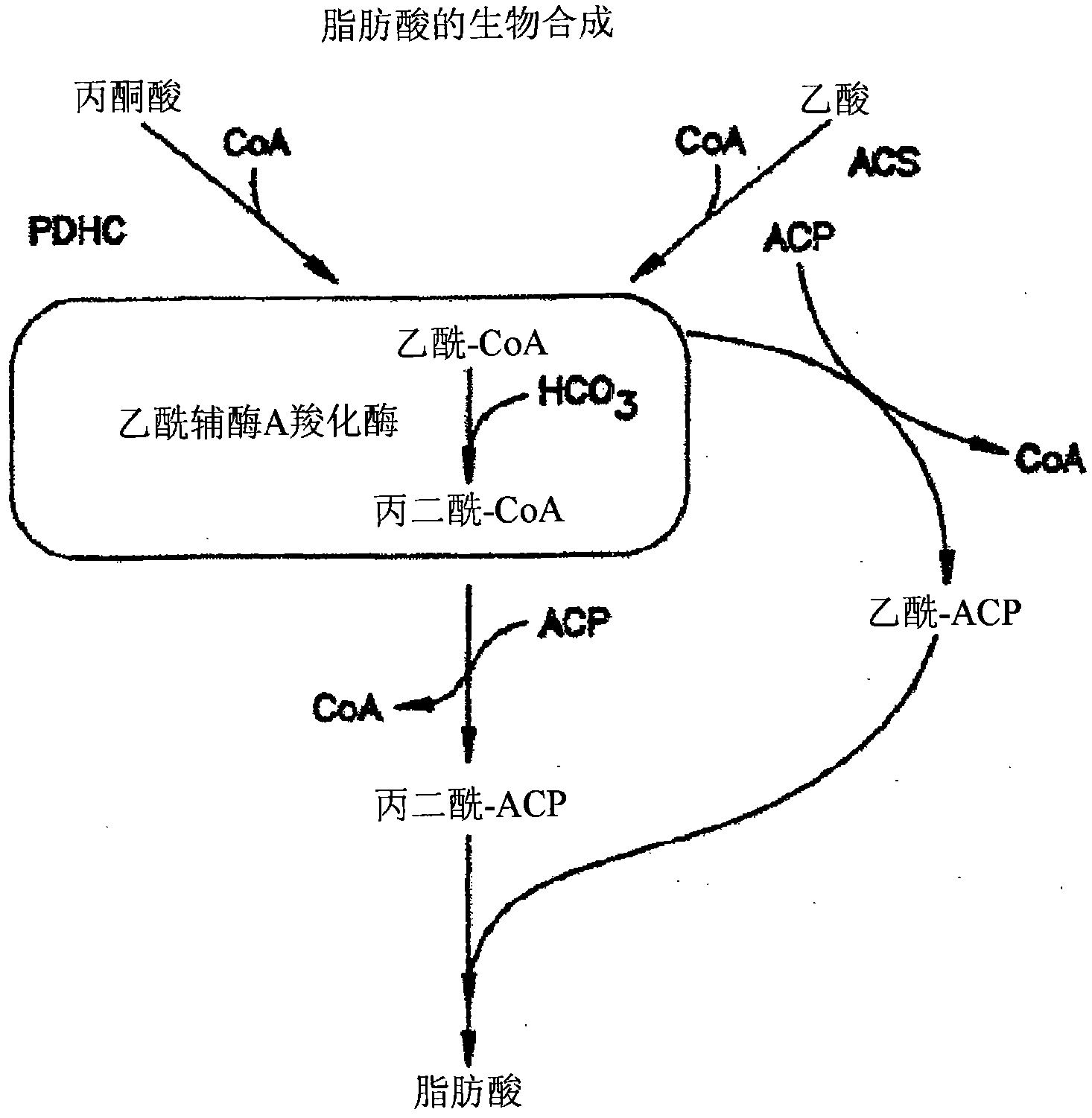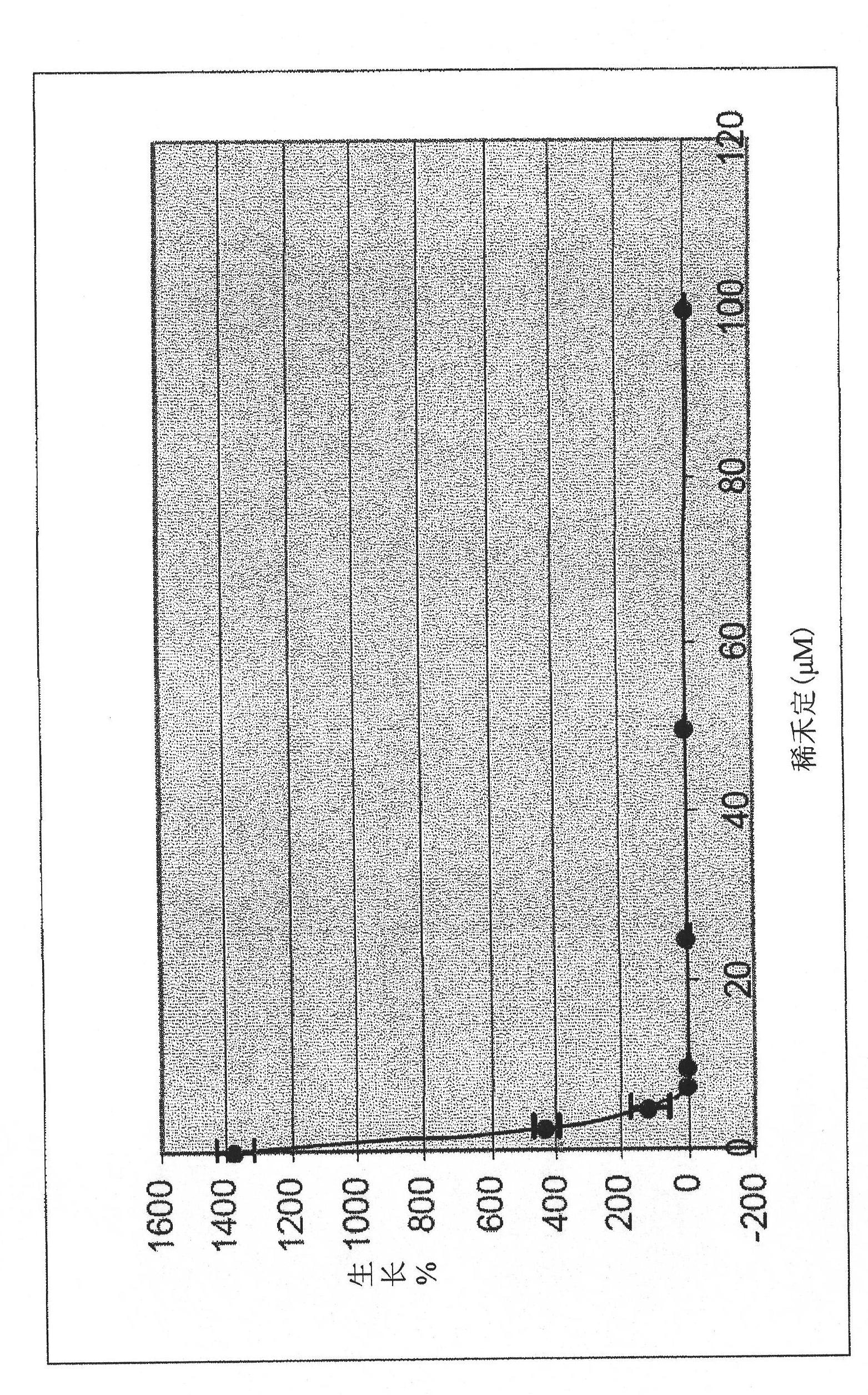Development of herbicide-resistant grass species
A herbicide and plant technology, applied in the field of development of herbicide-resistant grass species, can solve problems such as difficult commercialization of plants
- Summary
- Abstract
- Description
- Claims
- Application Information
AI Technical Summary
Problems solved by technology
Method used
Image
Examples
example 1
[0140] Callus production obtained from intercalated meristems of plants
[0141] An exemplary explant selection is illustrated in FIG. 18 . Explant tissue can be obtained from shoots containing the uppermost three leaves. Shoots are cut below the lowest leaf nodes, and the tops of individual leaves can be trimmed to maintain spacing during the sterilization procedure. Sections were placed in a bleach solution (20% v / v) for approximately 10 minutes, followed by 70% ethanol for 10 minutes before rinsing with sterile water. The outer (more mature) two leaves are removed, leaving the newest leaves on the stem. New leaves were sterilized in 20% bleach for 1 minute, 70% ethanol for 1 minute, and then rinsed in sterile water. The base of the blade near the nodes is the intervening meristem. The lower 5 mm of this section was removed and seeded on callus induction medium containing MS basal salts (Murashige and Skoog. 1962. Physiol Plant 15:473-497, which is incorporated herein b...
example 2
[0145] Production of callus tissue obtained from immature paspalum flower clusters
[0146] Immature flower clusters were obtained from greenhouse grown plants prior to inflorescence emergence and used as a source of explant tissue for callus generation. Two spikes of flower clusters were separated and surface sterilized with 10% (v / v) bleach containing a few drops of Tween 80 (Tween 80) for 10 minutes, rinsed with sterile water, and then planted on MS medium. The medium contained B5 vitamins (Murashige and Skoog. 1962. Id.; Gamborg et al. 1968. Id.) and 2 mg / L 2-4,D. Explant tissues of 10 genotypes were obtained, including 8 experimental cell lines from the University of Georgia Seashore Paspalum Breeding Program, one harvested ecotype (Mauna Kea ( Mauna Kea) (PI 647892)) and the commercially grown variety "Seaspray". The four explants were planted on each culture plate and covered with Nescofilm TM ) (Karlan Research Products Co; Cottonwood, AZ) sealed culture plates. Th...
example 3
[0150] Dose-response curves of Paspalum to herbicides
[0151]The dose-response of the Paspalum tissue in culture to the sethoxydim application amount was determined using the callus tissue produced from the cultivar "Nanghua" as a model cultivar. By placing the callus from "Sea Spray" on MS / B5 medium containing 2 mg / L 2-4, D and 1 of 8 concentrations of sethoxydim (Murashige and Skog) (Skoog). 1962. supra; Gamborg et al., 1968. supra) to determine the effect of sethoxydim concentration on callus growth. The herbicide application rate was determined 6 times and included concentrations of 0 μM, 2.5 μM, 5 μM, 7.5 μM, 10 μM, 25 μM, 50 μM and 100 μM sethoxydim. Sethoxydim was diluted in methanol and added after the autoclaved medium had cooled to approximately 55°C (to prevent loss of activity due to thermal degradation). Protect the medium from photodegradation by wrapping the container in aluminum foil prior to storage.
[0152] To measure callus growth, 0.5 grams of callus t...
PUM
 Login to view more
Login to view more Abstract
Description
Claims
Application Information
 Login to view more
Login to view more - R&D Engineer
- R&D Manager
- IP Professional
- Industry Leading Data Capabilities
- Powerful AI technology
- Patent DNA Extraction
Browse by: Latest US Patents, China's latest patents, Technical Efficacy Thesaurus, Application Domain, Technology Topic.
© 2024 PatSnap. All rights reserved.Legal|Privacy policy|Modern Slavery Act Transparency Statement|Sitemap



